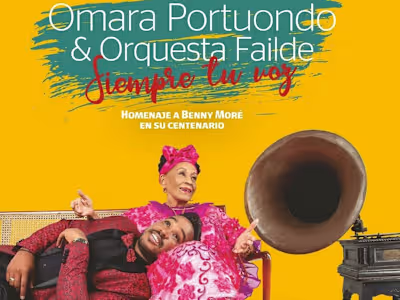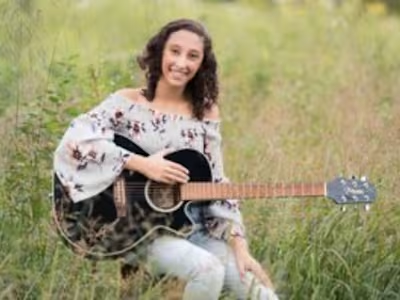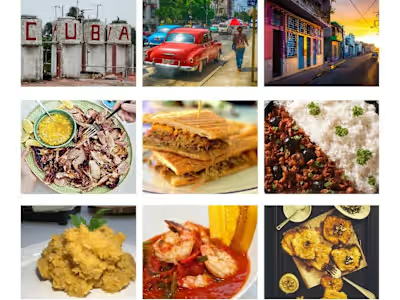RUMBA, AN ESSENTIAL STYLE OF CUBAN MUSIC
The rumba is one of the most important and universal Cuban styles of music. Many travelers and music lovers go to the island of Cuba to learn and enjoy a good Cuban rumba. Without a doubt, it is a relevant cultural attraction of this Caribbean island. Therefore, in this article, we will be addressing some essential elements of this peculiar genre.
What does the term rumba mean?
The term rumba is included within a series of Afro-Cuban words that designate a type of collective and profane festival that appears in Cuba during colonial times. It is originally conceived as a couple of dancers that occur within a related group of people. Rumba is a party, touch, and dance. It manifests itself within a cohesive collective by ties of kinship or friendship, of the neighborhood.
Rumba party? Music and dance in Cuban rumba.
At the rumba party, some play the drums, others raise the song, others respond as a chorus, and the others cheer with claps, waddle, go into the ring to dance, etc. Initially, the instruments used in these festivities were boxes of different sizes, frequently boxes of cod and candles; to achieve the highest sounds it was percussed in a bottle, in pans, or in some metallic implement.
These instruments were replaced with the development of the genre by three “tumbadoras” or “congas” of different heights. Each drum has a particular and specific rhythmic function.
The highest voice, the “quinto”, a talking drum, is the one in charge of the improvisations that urge the dancer to make different figurations. The third drum or “salidor”, with a deep voice, marks a low ostinato, and the middle voice, “tres dos”, produces another stable rhythm that balances the whole percussion section of the rumba music. The singer carries the “claves”, which start and remain stable during the song.
Generally, rumba songs are preceded by a melodic vocal inspiration called “diana”. Then, with the entry of the text, an improvisation begins to expose the issue that gives rise to the rumba; this is called decimating. After improvisation, it “breaks” the rumba with the entrance of the instruments and the alternating solo-chorus form.
When the rumba breaks, a couple of dancers go into the ring. The dance is evocative and, in general, convulsive and disjointed; every step and gesture represents the events that precede the possession of a chicken. The Cuban rumba also presents variants of its style of music and dance: the guaguancó, the yambú, the columbia, and a Spanish type of rumba.
Cuban rumba style became known at the beginning of the 20th century through famous groups such as `Los Roncos´, and `El paso franco´. Later, they met rumberos who acquired great prestige such as Agustín Pina, Roncona, Malanga, Tío Tom, Chano Pozo, Virulilla, etc.
New technologies and most current rumba sounds
Undoubtedly, technology has allowed the Cuban rumba to approach contemporary sounds. With it, the electric bass is incorporated into a percussive plane. On some occasions, you can see the presence of the electric piano and the current sound of the jazz band, which has accompanied us since the 1920s when Cuban musicians, mentioned above, brought the rumba and the son to the Latin Quarter of New York. In addition, we can regularly find the violin combined with a contemporary touch during the spiritual songs to the ancestors.
Nowadays, there are famous rumberos such as the Clave and Guaguancó, Yoruba Andabo, Los Muñequitos de Matanzas and Los Papines groups, among others. The artistic representation of this folkloric manifestation can also be appreciated in the presentations of professional groups such as the Conjunto Folclórico Nacional, and local groups such as Rumbatá de Camagüey and Rumbávila de Ciego de Ávila.
Conclusions
As you can see, these are just some relevant data regarding Cuban rumba. The Cuban rumba is a complex and very peculiar artistic phenomenon. On our part, it only remains to invite you to meet and enjoy this wonderful Cuban party with us.
The rumba is one of the most attractive Cuban styles for our team. That is why we always have a special space for her on our Tours. Havana Music Tours offers the opportunity to enjoy this style through direct contact with specific artists and musical groups such as Los Muñequitos de Matanzas or Clave y Guaguancó.
However, we specifically recommend our Cuban Jazz and Rumba Tour and Fiesta Del Tambor (VIP) and even the Josone Music Festival in Varadero (Rumba, Jazz Son). These tours specialize their experiences in Cuban musical matters such as the rumba, and especially its percussion instruments. It is valid to highlight that our agency will also take into account personalized suggestions.
Are you ready to dance and enjoy Cuban rumba with our Havana Music Tours team?
Like this project
Posted Jun 4, 2021
Likes
0
Views
12







